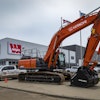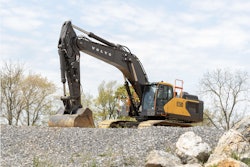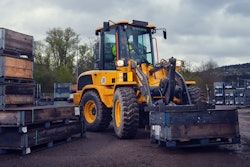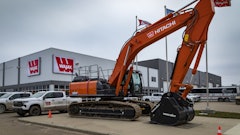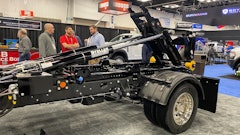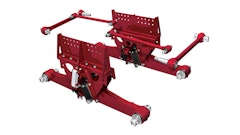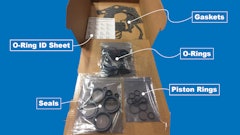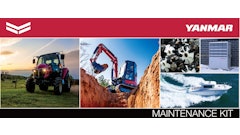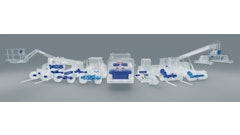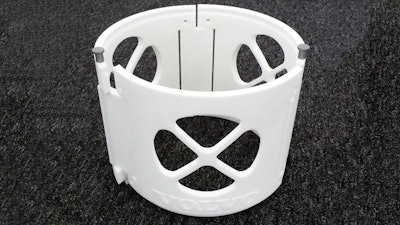
Volvo CE has introduced 3D printing in order to deliver spare parts to customers more quickly and efficiently. The company is also investing in 3D printing methods in the research and development of its prototype machinery. “We are supporting customers through the life cycle of their equipment,” says Jasenko Lagumdzija, Manager of Business Support at Volvo CE. “It’s especially good for older machines where the parts that have worn out are no longer made efficiently in traditional production methods. Producing new parts by 3D printing cuts down on time and costs, so it’s an efficient way of helping customers.”
Additive manufacturing benefits customers
Additive manufacturing — as 3D printing is commonly known — is the process of repeatedly layering a molten material or liquid in a specific pattern that is set by the printer’s software, until it solidifies into the required three-dimensional shape. For its aftermarket service, Volvo CE commissions the creation of spare parts made of thermoplastics to send to customers who require the replacement of a part that has worn out through natural usage. Parts can be made of any shape and size, and for any unit in Volvo CE’s range of off-road machinery. Typical parts made by 3D printing so far include parts of a cabin, plastic coverings and sections of air conditioning units. The company uses its own archive of drawings, 3D models and product information to feed into the printer to produce the correct new part.
“The customer is getting exactly the same part in replacing plastic with plastic,” says Annika Fries, Aftermarket Branding Manager at Volvo CE. “We do a lot of quality assurance — the 3D parts have the same specifications and go through the same process as the original, and get the same warranty, so customers can be confident they are getting a genuine Volvo approved part.”
Quick and efficient response
The creation of new parts via the 3D printing process can take as little as one week. Fast delivery of required components maximizes the uptime of customers’ equipment; and the ability to supply new parts to replace those that have gone out of normal production may also extend the lifetime of the machine as a whole. Parts made of metals through additive manufacturing may also be offered in future.
“Lead-times are significantly reduced with 3D printing and since there are no minimum order quantity requirements, we benefit from quicker delivery of parts, lower inventory levels in our warehouses and an improved ability to balance supply and demand,” says Daniel Kalfholm, Project Leader for Aftermarket Purchasing for Volvo CE’s EMEA region. “And it can all be carried out a purchase price that is comparable to that of a traditionally manufactured component.”
Moving forward with prototyping
In addition to 3D printing being an increasingly desirable element in the production of aftermarket parts, the process is also being used by Volvo CE in building new components for prototype machinery. The company has several 3D printers for this purpose at its research and development premises.
V“As we only need to produce low volumes of parts for prototyping, it’s a good way to see what works,” says Fredrick Andersson, Development Engineer for Wheel Loaders Powertrain Installation at Volvo CE. “We have a lot of knowledge and we can make changes quickly and easily with 3D printing. And because of this, it means that the time to market for a new product is quicker, so it’s of great benefit to our company.”

